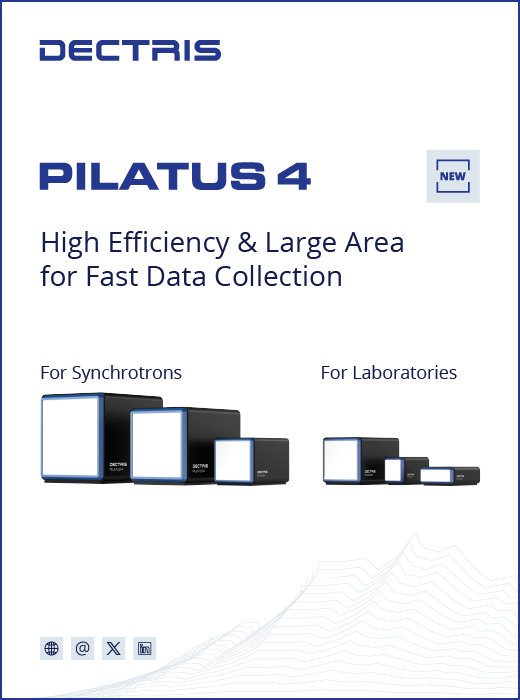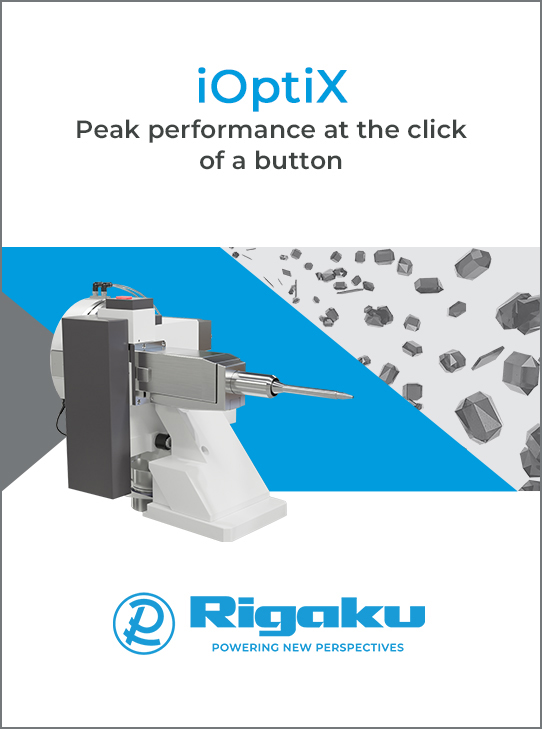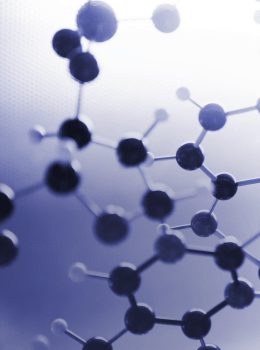


Editorial
Introduction to the special issue related to the 18th International Small Angle Scattering Conference (SAS2022)
![Thumbnail [Thumbnail]](https://www.iucr.org/__data/assets/image/0008/157985/SAS2022.png)
The cover of the special issue shows a coherent small-angle X-ray scattering pattern of a zeolite crystal collected at the Cateretê beamline at Sirius, Brazil.
The 18th triennial meeting of the Small Angle Scattering conference (SAS2022) was held at the Brazilian Synchrotron Light Laboratory (LNLS), part of the Brazilian Center for Research in Energy and Materials (CNPEM). In-person participants were hosted at the Royal Palm Hall Convention Center in Campinas-SP, from 11 to 16 September 2022. COVID restrictions that led to the delay in the 26th Congress and General Assembly of the International Union of Crystallography (IUCr) from 2020 to 2021 meant that this conference also was delayed by one year, and its traditional format (in-person only) was modified to support remote attendance and presentations.
The triennial SAS meeting is a major event for the international small-angle scattering community, consistently attracting hundreds of attendees from around the world [see Trewhella (2021)]. Overall, 327 participants from around the globe participated in the SAS2022 meeting, with 177 in person and 150 remote attendees. The five-day conference included 165 oral presentations, with seven plenaries plus one plenary talk given by the recipient of the 2022 Guinier Prize, Professor Jill Trewhella (https://www.iucr.org/resources/commissions/small-angle-scattering/guinier-prize). The conference Chair was Florian Meneau from the Brazilian Synchrotron Light Laboratory (LNLS). Members of the Scientific Program Committee included Aldo Craievich, Carla Polo, Celso Santilli, Cristiano Oliveira, Izabel Riegel-Vidotti, Karim Dahmouche, Mario Murakami, Mateus Cardoso, Nadya Pesce da Silveira, Renata Kaminski, Rosiane Lopes da Cunha, Watson Loh and Yraima Cordeiro. The conference program covered the field of small-angle scattering from technique development to fundamental research in materials and biology, ranging from the design and characterization of hard and soft materials to medical- and bio-technology applications. Detailed information about SAS2022, plenary sessions, a list of abstracts, videos and other details can be found at the conference web site, https://pages.cnpem.br/sas2022/.
The location of the SAS2022 conference was selected at the SAS2015 meeting in Berlin, with a major attraction being co-location with one of the first fourth-generation synchrotrons, Sirius, which recently came online in Brazil. These fourth-generation synchrotron sources, currently coming online across the globe, offer a generational upgrade in synchrotron beam qualities, such as coherence and collimation. In addition to the improved beam qualities, these sources offer increased brightness and tunability, allowing researchers to tailor the energy and wavelength of the synchrotron radiation to suit their specific experimental needs. The enhanced collimation of the synchrotron beams allows for better control of the beam size and divergence, resulting in higher resolution and improved signal-to-noise ratio. These features enable the development of a new generation of small-angle scattering instruments, which will offer new capabilities for scientific research and development with enhanced performance for studying the structure and dynamics of materials from the nanoscale to microscale levels.
The scientific publishing landscape has evolved considerably in recent years, with the growing opportunities – and often requirements – of open-access publications. Open access has the advantage of research results being freely available to the scientific communities and leads to higher visibility and citations of the published works. Since 2012, the organizers of SAS meetings have organized the publication of special issues in Journal of Applied Crystallography to highlight the work presented at the meeting. The SAS2015 special issue enjoyed generous support for open access from the IUCr, and this tradition is continuing with SAS2022.
The 19 articles composing this SAS2022 special issue (https://journals.iucr.org/special_issues/2023/sas2022/) were carefully selected and represent the wide variety of topics from the meeting. The submitted manuscripts were subjected to the same rigorous review process as regular articles submitted to Journal of Applied Crystallography, guaranteeing high quality. The articles have been published in recent regular issues (mostly in Journal of Applied Crystallography with an additional article in Acta Crystallographica Section D) and are now combined to constitute the SAS2022 virtual special issue which highlights some of the most exciting work presented at the meeting. We are very grateful to all the authors and reviewers for their efforts that have made this high-quality special issue possible. With the rigorous selection process applied, we trust that this special issue and the 19 selected articles will provide a valuable reference for the current state-of-the-art small-angle scattering research for many years to come.
Critical to the success of our small-angle scattering community – and of any SAS conference – are sponsors and exhibitors who contribute generously to the conference program, social events and financial success. Major supporters of any SAS conference are always local grant agencies – for SAS2022 these were the Brazilian funding agencies FAPESP (2022/054006), CAPES and CNPq. Traditional and reliable community support was provided by the IUCr via travel awards (Young and Early Career Scientists Awards) and funding of the Guinier Prize. And for industrial support, despite the significant challenges of COVID travel disruptions and the hybrid conference model, our sponsors and exhibitors came in force and wholeheartedly supported our community. Their participation and sponsorship are further evidence of the health of our small-angle scattering community. While our supporters are too many to list here, we would especially like to thank our Gold sponsors: Xenocs, AVS and Anton Paar.
No conference can succeed without the tireless work of a strong local organizing committee and support staff. The necessary late decision to have SAS2022 offer hybrid participation added considerably to the burden on the local support staff, and the flawless execution has been remarked upon by many appreciative participants. We wish to deeply thank the CNPEM communication group and the Cateretê team, in particular Dora Maria Marques, Ariane de Freitas Almeida, Priscila Cassiano Alves and Murilo Silva de Oliveira.
The next triennial SAS conferences, SAS2024 and SAS2027, will be held in Taiwan and Sweden, respectively. We wish the organizers of these meetings the very best for their respective conferences.
Acknowledgements
We thank Charles S. Bond, University of Western Australia, for editing the article that originally appeared in Acta Crystallographica Section D. We also thank everyone at the IUCr Editorial Office for their kind support in the preparation of this special issue. We gratefully acknowledge the generous support provided by the IUCr through travel scholarship support for the SAS2022 conference.
References
Trewhella, J. (2021). J. Appl. Cryst. 54, 1029–1033.
This article was originally published in J. Appl. Cryst. (2023). 56, 1616–1617.
This is an open-access article distributed under the terms of the Creative Commons Attribution (CC-BY) Licence, which permits unrestricted use, distribution, and reproduction in any medium, provided the original authors and source are cited.







